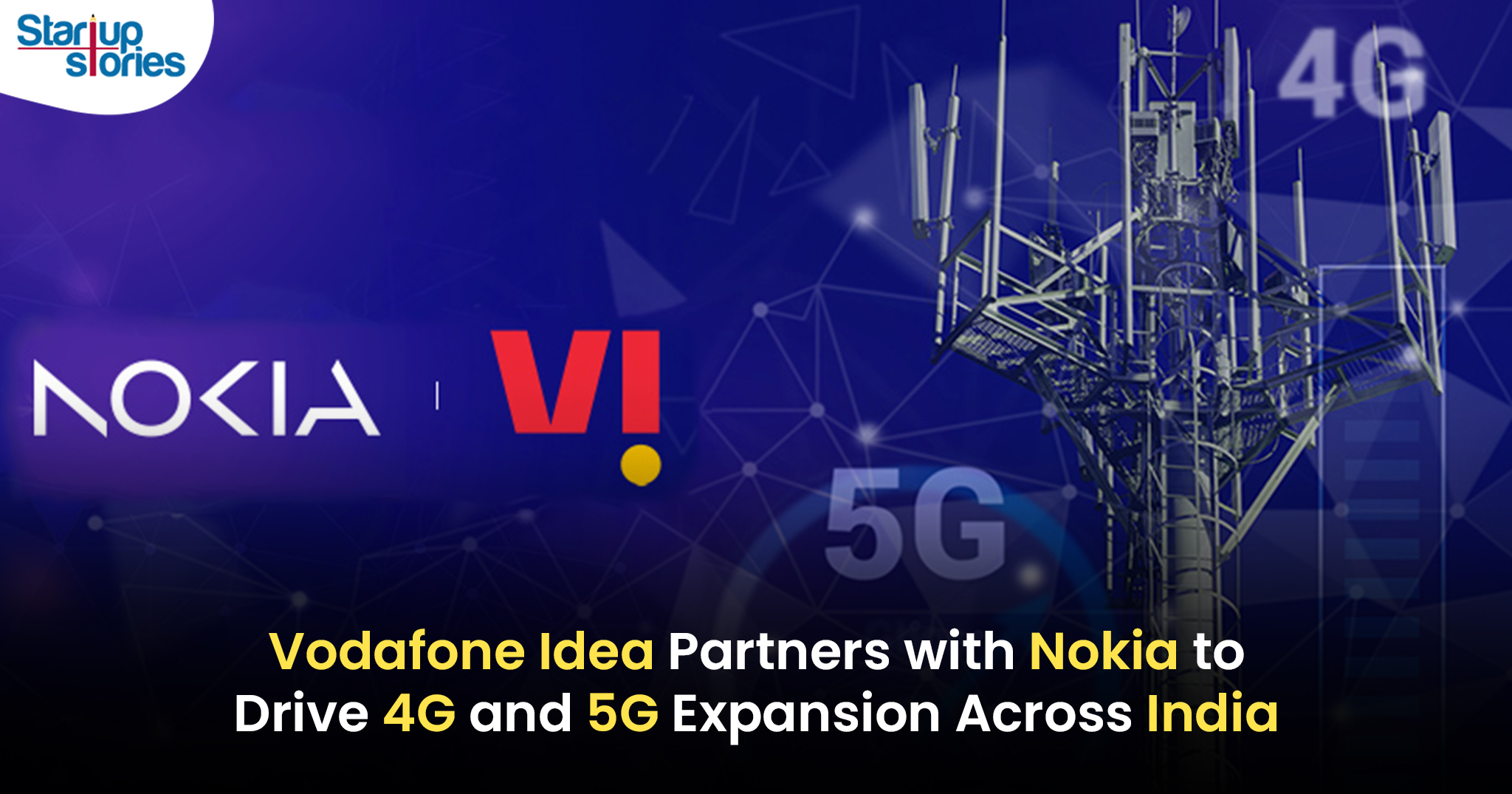Vodafone Idea Limited (VIL) has signed a three-year agreement with Nokia to deploy and modernize its 4G and 5G networks in India. This partnership encompasses network planning, deployment, integration, and optimization, strengthening Nokia’s position as a major supplier for VIL’s infrastructure.
Financial Details and Strategic Importance
While the financial specifics of the deal remain undisclosed, this contract is a significant win for Nokia, especially after losing a key 5G contract with AT&T to Ericsson last year. The agreement between VIL and Nokia is expected to drive connectivity improvements for approximately 200 million Vodafone Idea customers, with immediate deployment planned.
Market Context
This collaboration comes at a crucial time as Vodafone Idea seeks to regain market share in India’s competitive telecom sector. With Reliance Jio and Bharti Airtel leading the market, enhancing their network capabilities is vital for VIL’s financial recovery.
Nokia to Expand Market Share and Replace Vendors
Under the new deal, Nokia will expand its market share and replace incumbent vendors in strategic regions like Chennai and Andhra Pradesh. These areas contribute over 50% of VIL’s revenue, making the deployment critical to the company’s financial recovery and competitive positioning.
Modernizing 4G and Building 5G
Nokia will deploy equipment from its 5G AirScale portfolio, powered by energy-efficient ReefShark System-on-Chip (SoC) technology. This includes advanced base stations, baseband units, and Habrok Massive MIMO radios. Additionally, the 4G network will be upgraded with multiband radios and baseband systems that are 5G-ready.
To enhance network performance, Nokia will deploy its MantaRay Self-Organizing Network (SON) modules, which offer automated configurations to address specific operational challenges and optimize performance.
Vodafone Idea’s Revival Efforts
Since the 2017 merger of Vodafone India and Idea, VIL has struggled to maintain its leadership position, currently ranking third in the market behind Reliance Jio and Airtel. The company posted record losses in 2020, prompting the Indian government to acquire a 38% stake, which has since been reduced to 25%.
In June 2024, VIL announced a plan to issue shares worth ₹24.58 billion (€294.2 million) to network vendors Ericsson and Nokia, aiming to reduce its substantial debt of $42.17 billion.
A Decades-Long Partnership
Nokia has been a longstanding partner of Vodafone Idea, supporting its evolution from 2G to 5G networks. Speaking on the new partnership, Akshaya Moondra, CEO of Vodafone Idea Limited, stated:
“We are committed to providing a best-in-class 4G and 5G experience to our customers, and this new deal with Nokia, who has been our partner since the beginning, will help us achieve that.”
Tommi Uitto, President of Mobile Networks at Nokia, added:
“This is a continuation of our long-term partnership that has lasted for over three decades and highlights Vodafone Idea’s trust in our technology portfolio.”
Conclusion
The partnership between VIL and Nokia signifies a key step in Vodafone Idea’s efforts to regain market competitiveness by enhancing its infrastructure and offering advanced connectivity solutions. As both companies collaborate on this ambitious project, they aim not only to improve service quality but also to foster innovation in India’s rapidly evolving telecom landscape.
With aggressive plans for modernization and expansion, Vodafone Idea is positioning itself for future growth while navigating the challenges posed by an increasingly competitive environment. This strategic alliance with Nokia could play a crucial role in revitalizing VIL’s operations and ensuring it remains relevant in one of the world’s largest telecommunications markets.


account binance gratuito
March 6, 2025 at 4:24 am
Can you be more specific about the content of your article? After reading it, I still have some doubts. Hope you can help me.
referencia de Binance
March 17, 2025 at 9:43 am
I don’t think the title of your article matches the content lol. Just kidding, mainly because I had some doubts after reading the article.
Registrasi
June 18, 2025 at 10:58 am
I don’t think the title of your article matches the content lol. Just kidding, mainly because I had some doubts after reading the article. https://accounts.binance.com/pt-BR/register-person?ref=YY80CKRN
binance skapa konto
July 12, 2025 at 9:06 pm
I don’t think the title of your article matches the content lol. Just kidding, mainly because I had some doubts after reading the article.
binance kayit ol
July 25, 2025 at 6:19 am
Thanks for sharing. I read many of your blog posts, cool, your blog is very good.
Създаване на безплатен профил
August 26, 2025 at 5:51 pm
I don’t think the title of your article matches the content lol. Just kidding, mainly because I had some doubts after reading the article. https://www.binance.info/sl/register?ref=PORL8W0Z
binance коды
September 20, 2025 at 12:17 am
Thank you for your sharing. I am worried that I lack creative ideas. It is your article that makes me full of hope. Thank you. But, I have a question, can you help me?